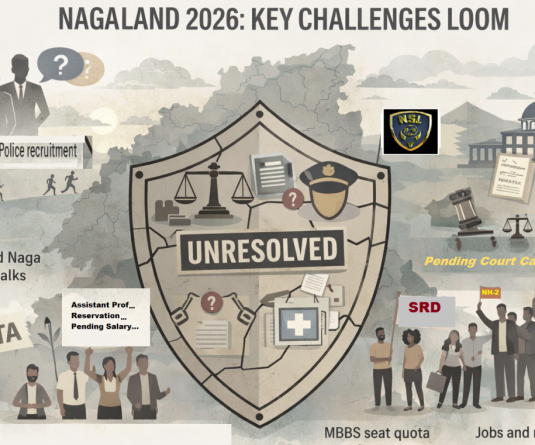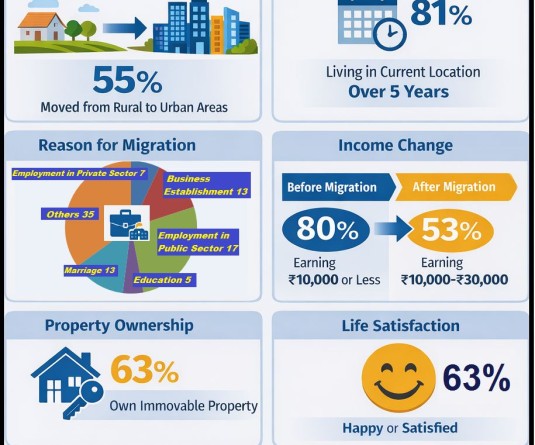An image of a classic Ambassador car from the 1980’s (Photo Courtesy: Ambassador Fan Club Facebook Page)
.jpg)
Kevichalhou Virie
Dimapur | July 22
Where the hills roll with a stubborn silence, in Nagaland, roads often seem to curve with stories. The journey of the automobile here has been anything but ordinary. From the rickety Ambassador taxis of the 90s’ to the sleek SUVs crowding Dimapur’s city streets today, the state’s car culture has evolved with quiet resilience and a distinct personality.
But Nagaland’s auto industry didn’t start in dealerships or showrooms. It began, as most things here do, on rugged terrain and with a stubborn will to move forward.
The Humble Beginnings
Back in the late 1980s and early 1990s, when private vehicle ownership was still rare, the state’s roads were mostly ruled by shared taxis like Ambassadors, Fiats and the hardy Gypsys that doubled as lifelines in interior villages. Most private vehicles were second-hand imports from Assam or West Bengal. Official dealerships were almost nonexistent. Spare parts were fetched by hand, repairs were done under tin sheds, and every mechanic was also, in some sense, an engineer.
Dimapur, the state’s commercial capital, was the first district to show signs of a formal automotive market. One of the earliest players was Progressive Motors, a well-known Maruti Suzuki dealership that began operations as far back as June 1987. However, it was not until the early 2000s that dealership culture truly gained momentum, with brands like Maruti Suzuki and Hyundai among the pioneers. These early players didn’t just sell cars; they helped introduce a new lifestyle.
Non-Transport Vehicle Registrations in Nagaland (2018–2025)
The following data reflects the number of non-transport vehicles (private vehicles, commercial like Taxis) registered in Nagaland from 2018 to 2025.
Key Data: Four-wheeler vehicle registrations in Nagaland
Year | Total Vehicle Registrations (Jan-Jun) | Annual Total Registrations |
2018 | 17,163 | — |
2019 | 16,539 | — |
2020 | 8,924 | — |
2021 | 9,831 | — |
2022 | 13,106 | — |
2023 | 13,698 | — |
2024 | 15,795 | 27,766 |
2025* | 13,812 (Jan-Jun) | 14,196 (as of July 5) |
(Source: Vahan/Ministry of Road Transport & Highways, GoI)
- 2025 figures are up to July 5 and indicate a possible annual total below 2024's 27,766 if the current trend continues.
- 2024 marked a record high in vehicle registrations, with 27,766 units registered, reflecting robust growth in private vehicle ownership.
- 2025 saw a 12.5% decrease in registrations for the first half of the year compared to the same period in 2024 (13,812 vs 15,795), suggesting a market correction after several years of continuous growth.
- The post-pandemic years (2022–2024) saw strong recovery and growth, with registrations rising each year, nearly doubling from pandemic lows.
- Pre-pandemic levels (2018–2019) were higher than current figures, but the overall trajectory since 2020 has been upward, demonstrating a return in consumer confidence and demand for private vehicles
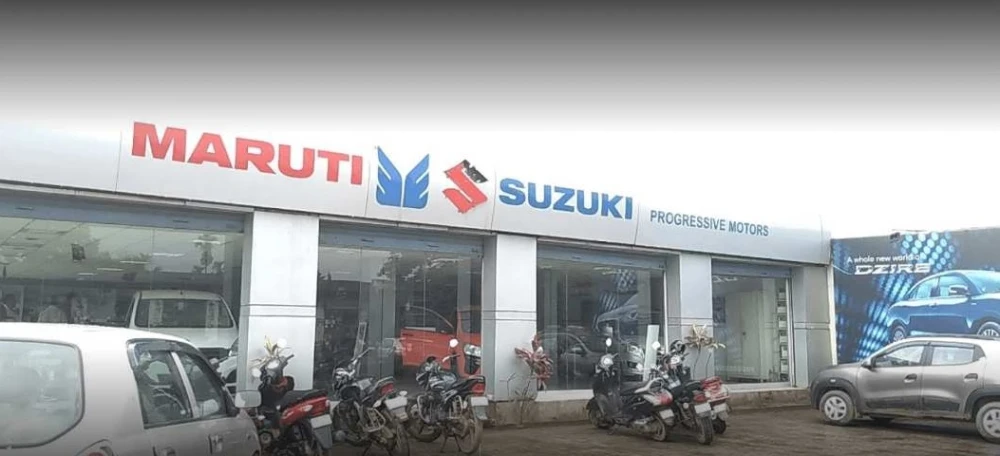
In the early days, owning a car in Nagaland was more a matter of necessity than aspiration, used primarily for transporting goods, navigating rough terrain, or reaching areas underserved by public transport. But over time, things began to shift.
As bank financing became more accessible and car ownership started to represent more than just utility, owning a car became a symbol of personal progress and social mobility.
“Today, people walk into showrooms with a clear sense of what they want, not just in terms of function, but brand, design, and what it says about them,” said a Kohima-based car dealer.
The Rise of Dealership Culture
Today, Nagaland has approximately over 30 authorised car dealerships across its major districts, offering vehicles from brands like Toyota, Mahindra, Maruti Suzuki, Hyundai, Tata, Nissan, Skoda and some premium names like Kia and MG. Dimapur, with its better infrastructure and larger market, hosts the bulk of these showrooms. Kohima follows, while other districts depend on sub-dealers or satellite service centres.
Car finance has also become more accessible, with local branches of HDFC, SBI and Axis Bank offering auto loans even in semi-urban areas. According to internal estimates by dealers, nearly 7 out of 10 cars sold in urban Nagaland today are financed through loans or EMIs.
Car Buyers Opting for Financing – Urban India vs Urban Nagaland
Region | % of Buyers Using Financing (Loan/EMI) |
India’s Tier II & III Cities | 75% |
Urban Nagaland | 70% |
Insight: In urban Nagaland, an estimated 70% of car buyers use loans or EMIs for their purchases — nearly in line with the national average of 75% in Tier II and III cities. This trend reflects both growing aspirations and the financial accessibility of owning a car. (Source: The Economic Times)
Interestingly, despite the narrow hill roads, SUVs and MPVs dominate the market here. The Toyota Innova, Fortuner, Mahindra Bolero & Scorpio and Tata Nexon are regular sights.
Why?
“Nagaland isn’t just a state of hills, it’s a state of unpredictability. A higher ground clearance means more confidence, whether you're tackling a broken road in Phek or navigating flood-prone lanes in Dimapur,” explains Sentila Jamir, a young entrepreneur who recently bought a Tata Harrier for her travels across the state.
Authorised Car Dealers – Explained
Criteria | Details |
❌ Not Included | Second-hand dealers (unless certified) are not authorised dealers |
✅ Official Recognition | Recognised by specific car brands (Maruti Suzuki, Hyundai, Toyota, etc.) |
✅ Vehicle Type | Sell new cars only (some offer certified pre-owned programs) |
✅ Standards | Must meet infrastructure, service, and customer care standards |
✅ Support | Offer manufacturer-backed warranties, service packages, and financing |
Challenges That Persist
But the industry isn’t without roadblocks. Despite the increase in car ownership, Nagaland still lacks consistent infrastructure. Many rural roads remain unpaved, service centres are often clustered around urban hubs, and the state has no automobile manufacturing or assembly unit of its own. Vehicle registration is still largely offline in several districts, and insurance processes can be slow and bureaucratic.
Dealers say that delays in vehicle delivery and spare parts are common, especially for newer or premium models.
“Sometimes a customer has to wait 3 to 6 months for a specific variant,” notes one Hyundai executive in Kohima.
Then there is the issue of unregulated second-hand car imports. Many used cars are brought in from Delhi, Assam, or even Bhutan, often at lower prices but with no guarantee on condition or legal clarity. These vehicles eat into the margins of local dealers and flood the market with poorly maintained models.
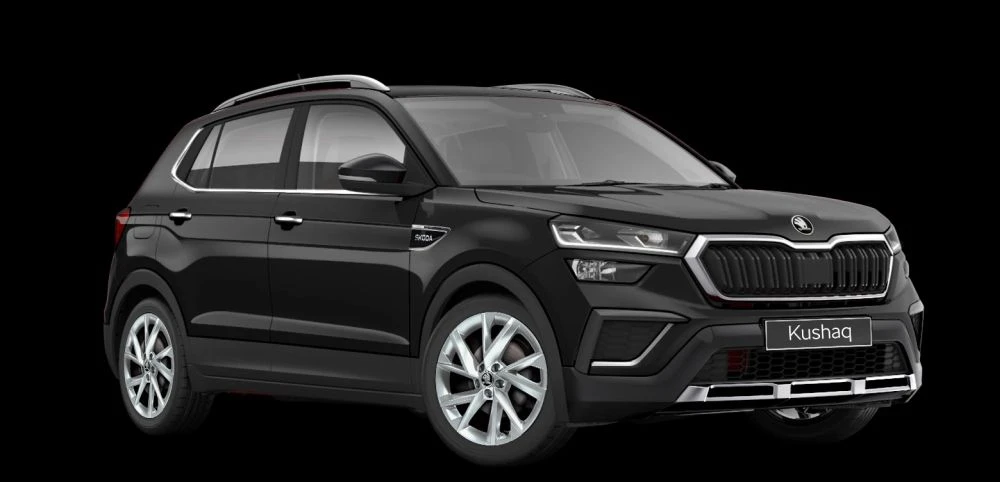
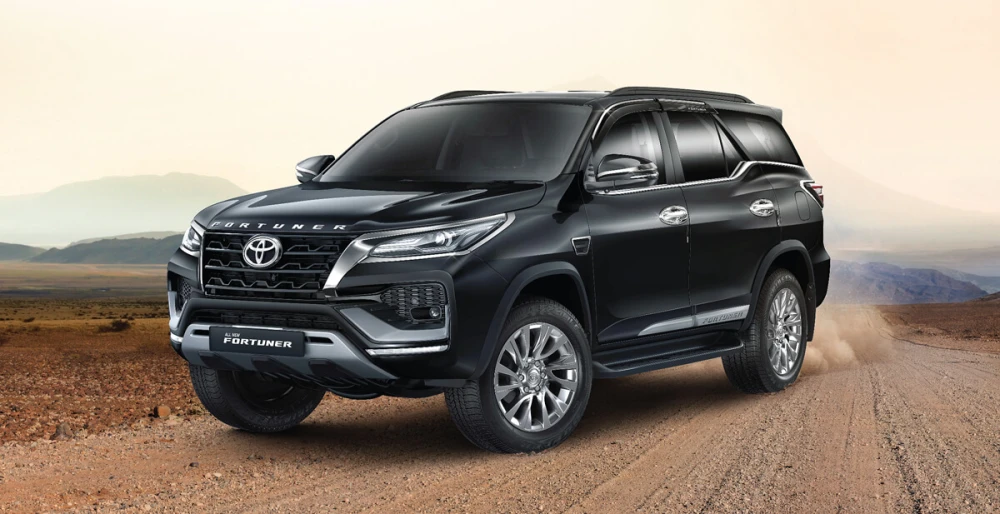
(Photo Courtesy: www.toyotabharat.com)
A Shift in Mindset
What’s heartening, however, is the shift in how Nagas view cars today. No longer just a necessity, owning a vehicle is now tied to personal identity, social standing, and even entrepreneurship. Delivery services, off-road clubs, hill adventure rides, and taxi startups are all reshaping how vehicles are used in everyday life.
The emergence of digital platforms like OLX Autos, CarDekho, and Facebook Marketplace has also empowered younger buyers to explore models and compare prices before setting foot in a showroom.
“Earlier, people would buy what the dealer recommended. Now, they come in after researching engine specs and YouTube reviews,” says Ao with a smile.
Looking Ahead
The road ahead for Nagaland’s auto industry is promising. As infrastructure improves under government programmes like the PMGSY and East-West Highway expansion, more interiors will become accessible, and new markets will open up.
There is also potential for electric vehicles (EVs), though challenges with charging infrastructure and hilly terrain remain hurdles for now. What’s certain, however, is that Nagaland’s love for cars is not slowing down. It is evolving, shaped by culture, geography, and the state’s natural flair for individuality.
In a land where stories travel faster than cars ever could, the automobile has become more than a machine. It’s a companion on every winding road.
Published under a special arrangement, this is the first story in a five-part series.




